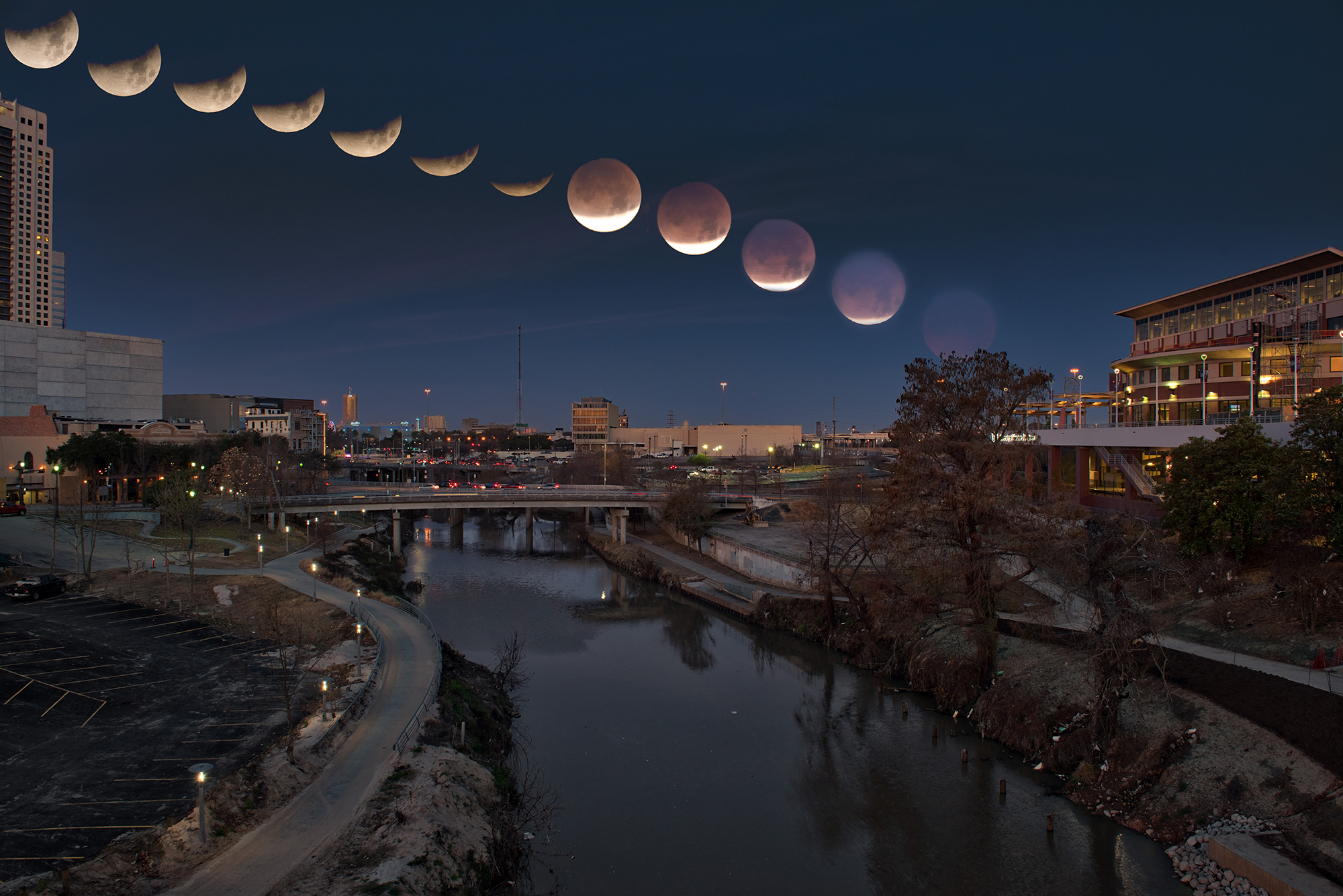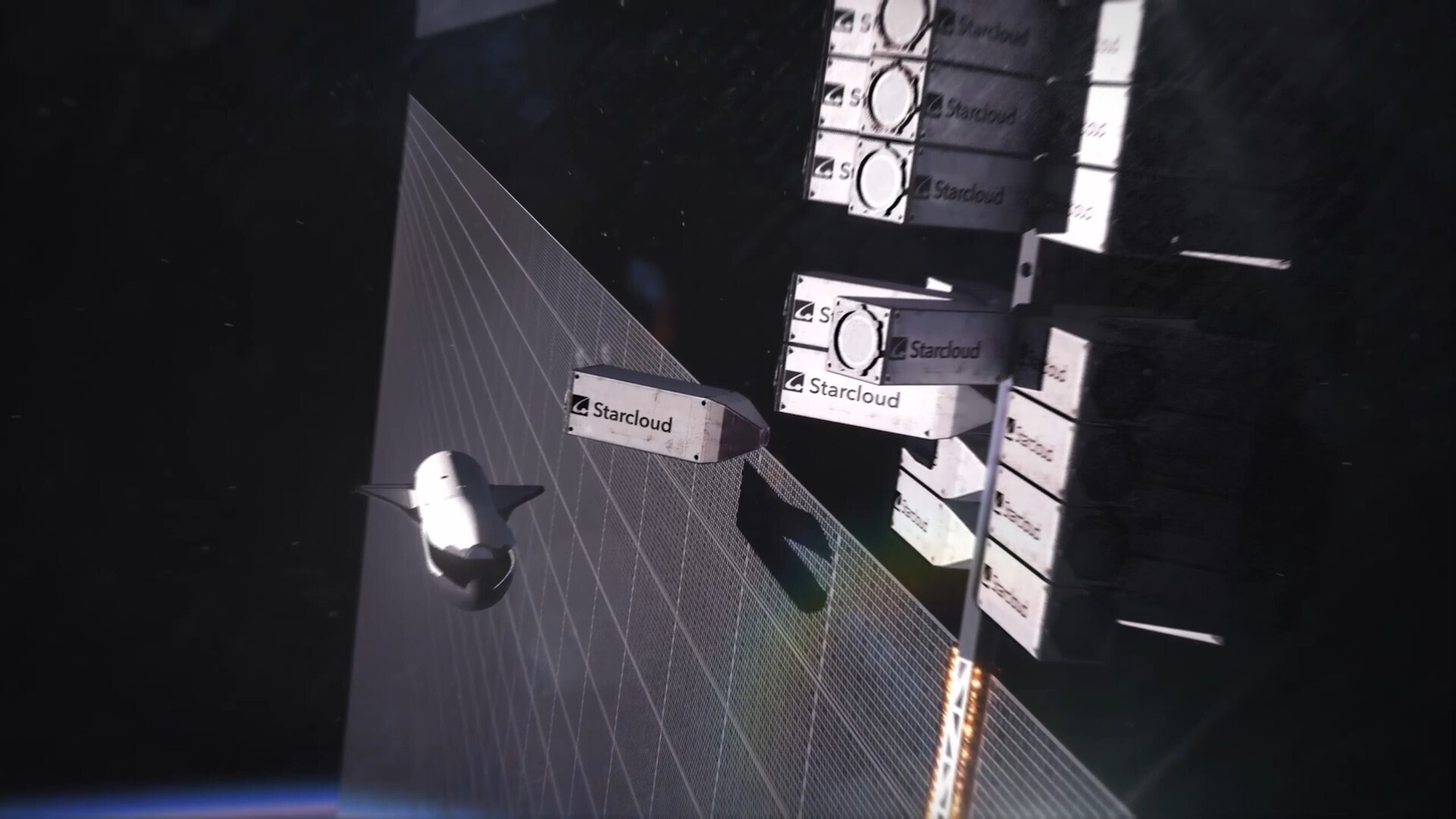How to Photograph the Super Blood Moon Lunar Eclipse of 2019! (Video)
Before you take your camera out to photograph the "super blood moon" lunar eclipse this weekend, you may want to check out these tips for capturing the best possible images of the astronomical event.
Starting on Sunday evening (Jan. 20) and continuing into the early morning hours of Monday, Jan. 21, the moon will pass through Earth's shadow, which will cast a reddish hue onto the lunar surface. Skywatchers in North and South America, as well as parts of Africa and Western Europe will have a chance to see the so-called "blood moon," which will last 3 hours and 17 minutes.
To help prospective moon photographers get ready for the lunar eclipse, Miguel Pérez Ayúcar, an engineer and astrophotographer at the European Space Astronomy Centre in Spain, has shared a video of helpful tips and tricks for taking beautiful and clear photos of the darkened moon. [Super Blood Moon Lunar Eclipse of January 2019: Complete Guide]
"The best moment — the moment when the total eclipse occurs — is a little longer than an hour," Ayúcar says in the video. Even at the time of greatest eclipse, the moon is not completely dark, but instead glowing pink and orange colors, he explains. "It's really the view of all of the sunrises and sunsets that are happening on the Earth at the same time projected onto the surface of the moon."
To best capture the moon through all the phases of the lunar eclipse, he suggests trying one of three setups of varying complexity: using a simple camera on a tripod, incorporating a telephoto lens or shooting through a telescope with an auto-guided mount.
A simple setup
The simplest option Ayúcar describes in the video involves an ordinary digital camera with low magnification, mounted on a tripod.
With something like a 35-millimeter (1.4 inches) lens "we can see an ample area of the sky," Ayúcar says. As the moon moves across the night sky, it will stay in the frame, so you won't have to keep changing the camera's orientation throughout the duration of the eclipse. "We will just let the moon drift, and we can compose a nice image [of] how the eclipse progresses."
Breaking space news, the latest updates on rocket launches, skywatching events and more!
This easy method is a great way to create time-lapse photos of the eclipse while also including scenery down on Earth, as is shown in the image above, taken during the Super Blue Blood Moon, which occurred on Jan. 31, 2018.
Adding a telephoto lens
Using the same setup as described above, you can add a telephoto lens to amplify the moon, "so we can see the moon bigger" in the frame, Ayúcar says. The extra lens will make your setup work like something "in between a normal camera lens and a telescope." Depending on how strong the lens is, the moon will probably take up about a quarter of the frame.
If you really want to step up your astrophotography game, use a device called an intervalometer; it will allow you to take photos without even touching the camera — as doing so could blur the images. The intervalometer can be programmed to take an image of the moon every minute, for example, making this tool useful for time-lapse photography. However, with such a close-up view, "the moon will move really fast, so you will have to be adjusting the position of the camera" using the tripod, Ayúcar explains.
Also, you will have to program the camera to shoot shorter exposure times, because the moon will look blurry due to its own motion. Ayúcar recommends taking exposures of 1-10 milliseconds for the penumbral or partial phases of the eclipse. These are the periods before and after totality, when the moon is not entirely inside the darkest part of Earth's shadow. For the total eclipse, when the moon is much darker, you will have to expose the images for a bit longer, probably up to 20-100 milliseconds, he said.
Bring out the telescope!
The most advanced method Ayúcar describes for photographing the lunar eclipse involves attaching a camera onto a telescope. In this method, the telescope is essentially a beefed-up version of the telephoto lens described above. Even better, stick that telescope on an auto-guided mount, if you have one.
"If you want really sharp images of the moon, you need to go to a mount device" that tracks the moon as it moves across the night sky, Ayúcar says.
With an intervalometer connected to the camera, you don't have to touch anything during the observation. While you need to adjust a standard tripod to keep it pointed at the moon, an auto-guided mount will keep the moon in the frame all on its own.
Ready, set, shoot!
Regardless of what kind of setup you use, you'll need to keep a few things in mind before you head out for your photo shoot. Remember to have fully charged batteries and empty SD cards ready to go, Ayúcar says. You don't want to be fumbling with batteries and SD cards in the middle of a time-lapse shoot.
Another important tip: Don't forget to check the weather! There won't be much to photograph if the sky is overcast. If it's clear overhead but you don't want to brave the cold weather, you can even take photos from inside your home through the window, Ayúcar says.
Editor's note: If you captured an amazing astronomy photo and would like to share it with Space.com for a story or gallery, send images and comments to managing editor Tariq Malik at spacephotos@space.com.
Email Hanneke Weitering at hweitering@space.com or follow her @hannekescience. Follow us on Twitter @Spacedotcom and on Facebook. Original article on Space.com.

Hanneke Weitering is a multimedia journalist in the Pacific Northwest reporting on the future of aviation at FutureFlight.aero and Aviation International News and was previously the Editor for Spaceflight and Astronomy news here at Space.com. As an editor with over 10 years of experience in science journalism she has previously written for Scholastic Classroom Magazines, MedPage Today and The Joint Institute for Computational Sciences at Oak Ridge National Laboratory. After studying physics at the University of Tennessee in her hometown of Knoxville, she earned her graduate degree in Science, Health and Environmental Reporting (SHERP) from New York University. Hanneke joined the Space.com team in 2016 as a staff writer and producer, covering topics including spaceflight and astronomy. She currently lives in Seattle, home of the Space Needle, with her cat and two snakes. In her spare time, Hanneke enjoys exploring the Rocky Mountains, basking in nature and looking for dark skies to gaze at the cosmos.

![A visible lunar corona surrounds the "blood moon" eclipse of July 27, 2018, in this image captured by astrophotographer Miguel Claro in Portugal's Dark Sky Alqueva Reserve. [Full Story: Total Lunar Eclipse Gets a Cloudy Halo in Cool Time-Lapse Video]](https://cdn.mos.cms.futurecdn.net/obmzvBiErVc83MkUkpoaHF.jpg)

